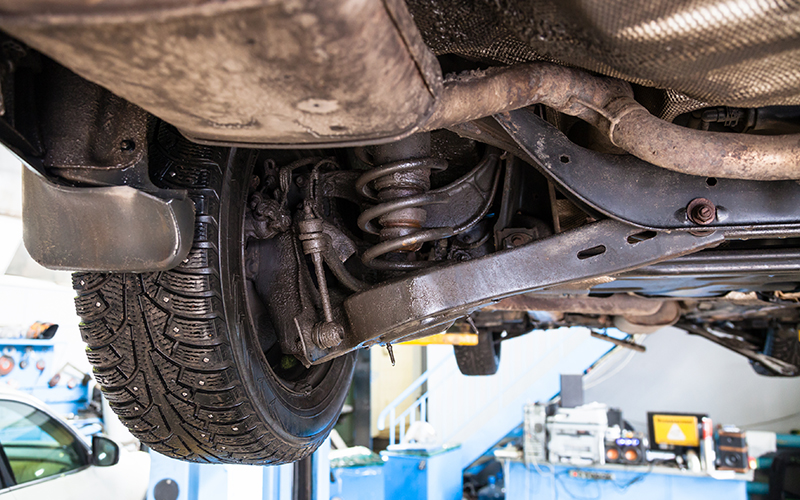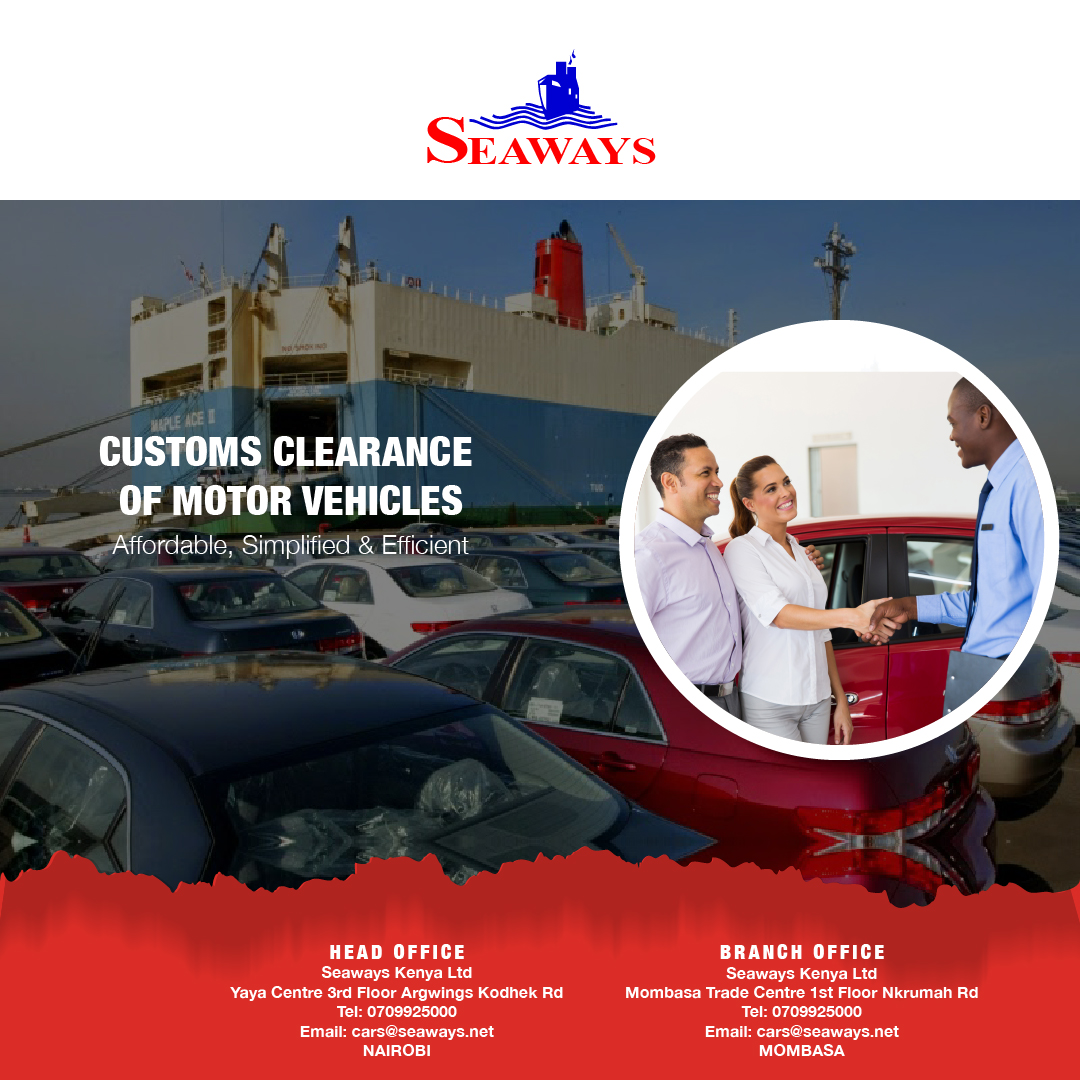Many people dwelling in Kenya prefer to import second-hand vehicles as they are cheaper compared to the ones in local car dealerships. By cutting out the middleman, buyers can save up to 25 percent in cost. The process of importing however takes a bit more time and can be quite confusing for many first-time importers. If you are not an experienced buyer, you could lose all your money, that’s why we have compiled this list to help you make the right decisions for a smoother process.
1. Choosing a seller – Don’t get scammed
The first and one of the most important decisions you’ll ever make when importing a car is choosing the right seller. There are so many sellers out there that it can be confusing. In this new age of online markets, it is so easy to be conned as the exchange of goods and money is not simultaneous. You will have to pay for the vehicle weeks before you can get it in your hands. Plus, if you choose a seller that doesn’t have an office in Kenya, you’ll be sending money to people you have never seen or met. To avoid scammers, if you are planning to import a car from Japan, you need to check if the importing company is registered by the Japanese Used Motor Vehicle Exporter’s Association (JUMVEA). Also, we advise first-time importers to use the services of companies with established outlets in Kenya such as Garimoto, under Seaways Kenya Ltd which is located at Yaya Center 3rd Floor, Argwings Kodhek Road.
2. Maintenance and Resale value
Once you find a good seller, you will then need to choose the make and model of the car you want to import. One of the things, you need to take into consideration when choosing the vehicle is the maintenance cost and resale value. Depending on your budget, one should look for a car that is affordable to maintain. When choosing a car you should always have this at the back of your mind. It would be quite a bad deal if you saved some money by importing your car only to spend way more to maintain it. As a rule of thumb, when choosing the make, always make sure that the spare parts are available locally. Secondly, make sure that the car you buy has a good resale value. After importing the car and using it for some time, you may want to sell it off to acquire another one. To stand the chance of having a good deal, one should consider the car’s make and model’s popularity, mileage, CC, and seating capacity.

3. Grade of the car
After you have chosen the make you want, you will now have to choose the quality of the unit you want from the available options. Pictures might give you an idea of the condition the unit you are viewing is in, but technology is limited, this is why a system has been put in place to help buyers understand the amount of wear that a certain vehicle has. This system grades vehicles based on an inspector’s assessment of the overall quality of the car. These grades range from grade 0, these are vehicles that have been involved in accidents and probably have had some degree of repairs, to grade 5, which are very close to brand new status but with several thousand kilometers mileage. So don’t look at how cheap the car you want to import is. Look at the various auctioning grades. Cars with grade four and above are always in good conditions and easier to work with.
4. Test drive and quality of the car
The test drive is usually one of the most important parts of the car-buying process. It is when you drive the car, that you know whether you want that car or not, but importing the car rules out the possibility of a test drive. In this situation, a good option is to find a local dealership that sells a similar car and give that a test drive. If you can’t find one, look for a similar model made by the same company. If all else fails, you can look for consumer reviews online, these tend to be honest. Additionally, you could ask for personal reviews from friends and family who have owned the car. To understand the condition the car is in, ask for as many photos as you can. This can help you assess if the car has ever been involved in any motor accident, the amount of dents and scratches, and the overall appearance. Mileage is also an important factor when buying a used car, it is used to determine how long the car has been driven. Low or high mileage affects the value of the car at purchase and sale, as well as the likely cost of maintenance and servicing. For best car condition, choose a unit that has a mileage of less than 100,000km. The car should also have a Japanese Exports Vehicle Inspection Centre (JEVIC) certificate. This guarantees a car to be in a good condition and ensures that the mileage has not been tampered with.
5. Rules and regulations
To make sure the vehicle you want to import will be allowed into the country, make sure it complies with the Kenya Bureau of Standards requirements of Legal Notice No. 78 of 15th July 2005 (Verification of Conformity to Kenya Standards Imports Order, 2005) and KS1515:2000 Kenya Standard Code of Practice for Inspection of Road Vehicles. In Particular, The Imported Vehicle;
6. Shipping methods
After you have chosen the specific unit you want to import, you will then need to choose the best shipping method for you. This will be influenced by your timelines, needs, and budget. The available shipping methods are Roll on Roll off, Container Vehicle Shipping, and Airfreight.
Roll on Roll off (RoRo)
This is the use of specially designed ships for carrying wheeled cargo, such as cars, trucks, semi-trailer trucks, and trailers. Vehicles can drive on and off of the ship on their own wheels through a vehicle platform. This is the cheapest of all available shipping methods.
Containerized
This is where you ship your vehicle inside a dedicated or shared container. This is a bit more expensive than the RoRo, however, the main advantage of this method is that you are allowed to ship your personal belongings along with the car.
Airlifting
This is the quickest method of shipment, and you can get your car in about 3 days. However, it is the most expensive as well. Airlifting is usually done for brand new cars by people who can afford it. The main disadvantage with it is the cost. The cost sometimes is so expensive, it’s more than the cost of some second-hand vehicles.
All methods are generally safe and your choice depends on how much you’re willing to spend. However, when you consider all factors, RoRo is the best option for most people.
7. Documents required
Apart from the rules and regulations, some documents are required to complete the importation procedure. Importation Supporting documents should be attached including but not limited to (According to KRA):
If you clear all these then you are ready to import cars from Japan to Kenya.
8. Extra fees
To get the car to the port of Mombasa, it will first cost you the CIF value, this includes the cost of the vehicle, Insurance charged, and Freight cost of the vehicle/goods. For clearance of the imported vehicle, an Import Declaration Fee (IDF) should be paid. The Import Declaration Fee in Kenya is usually 2.25% of the CIF value or a minimum of Ksh 5,000. Additionally, there’s an import duty of 25%, Value Added Tax of 16%, Railway Development Levey of 1.5%. The Excise Duty also varies depending on the vehicle category. Subscribe to future blogs, to be alerted when we write a dedicated article on all factors that affect the import fees payable.
Conclusion
To get the car to the port of Mombasa, it will first cost you the CIF value, this includes the cost of the vehicle, Insurance charged, and Freight cost of the vehicle/goods. For clearance of the imported vehicle, an Import Declaration Fee (IDF) should be paid. The Import Declaration Fee in Kenya is usually 2.25% of the CIF value or a minimum of Ksh 5,000. Additionally, there’s an import duty of 25%, If you check everything on this list, then you will have a smooth importation process. Seaways LTD is the leading logistics, freight forwarder, and customs broker in East Africa. We can help you chose the right car, make sure it complies with all regulations, handle the shipping and clearance process and deliver your vehicle to your doorstep. We are also the only company in Kenya where you can easily get the accurate cost of the car you want to import, including duty, shipping fees, and all other fees needed to get the car delivered to your doorstep. All this can be done through our car importation online portal, at the comfort of your own home. However, if you already bought a car, and imported it, you can visit our logistics portal, where you can easily manage everything online and get your car cleared and delivered to your destination of choice. Seaways Ltd has been in operation for over 30 years and is offering you over 30 years of professional experience in the importation and logistics industry.Value Added Tax of 16%, Railway Development Levey of 1.5%. The Excise Duty also varies depending on the vehicle category. Subscribe to future blogs, to be alerted when we write a dedicated article on all factors that affect the import fees payable.



I’m loving it,your services appear highly professional,looking forward to engaging with you in future.